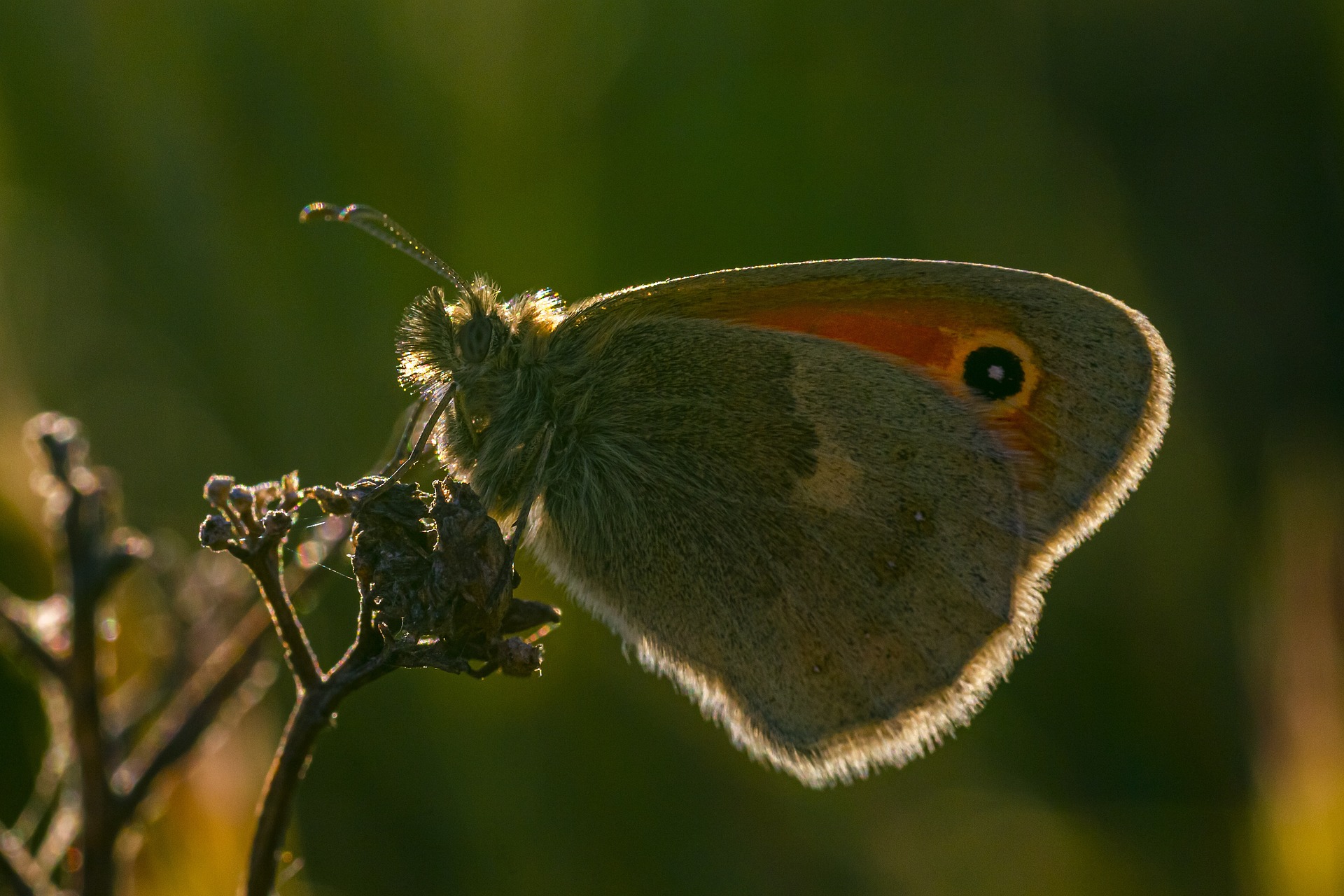The Large Heath (Coenonympha tullia), also known as the Common Ringlet, is a butterfly species in the family Nymphalidae. It is notable for its preference for wet, boggy habitats and its subtle yet distinctive appearance. Here are some detailed features and characteristics of the Large Heath:
Appearance
- Size: The Large Heath has a wingspan of approximately 32-40 millimeters.
- Coloration:
- Upperwings: The upper sides of the wings are generally a dull orange-brown, often with no distinct markings. This plain appearance helps with camouflage.
- Underwings: The underwings are more distinctive, with a grey-brown background color and a series of white-ringed, black eyespots. These eyespots vary in number and size between individuals and populations.
- Sexual Dimorphism: There is little difference in appearance between males and females, though females may be slightly larger and paler.
Habitat
- Preferred Habitats: Large Heath butterflies are typically found in wet, boggy areas such as peat bogs, fens, and damp heathlands. They prefer habitats with a high water table and abundant vegetation.
- Geographic Range: This species is found across northern and central Europe, including the British Isles, and extends into parts of Asia. Its range includes regions with suitable wetland habitats.
Behavior
- Flight Period: The Large Heath has one generation per year, with adults typically flying from June to August, depending on the location and climate.
- Feeding: Adults feed on nectar from various flowers, but they often prefer low-growing plants and flowers found in their wetland habitats.
- Behavior: They are generally low fliers and can often be seen fluttering close to the ground. They are not strong fliers and tend to stay within their preferred habitat.
Reproduction
- Eggs: Females lay eggs singly on the leaves of the host plants, which are typically various species of sedges (Carex) and cotton grasses (Eriophorum).
- Larvae: The caterpillars are green with pale longitudinal stripes. They feed on the leaves of the host plants and overwinter as larvae.
- Pupae: Pupation occurs in the leaf litter or low vegetation. The pupae are brown and well-camouflaged.
Conservation Status
- The Large Heath is listed as Least Concern by the IUCN, but it is considered a priority species in some regions due to habitat loss and degradation. Conservation efforts focus on preserving and restoring its wetland habitats.
Interesting Facts
- Habitat Specificity: The Large Heath’s preference for specific wetland habitats makes it a good indicator species for the health of these ecosystems.
- Population Variation: There is considerable variation in the appearance and number of eyespots on the underwings between different populations, which can be influenced by environmental factors.
Identifying Coenonympha tullia
- Distinctive Features: The combination of the dull orange-brown upperwings and the more intricate pattern of eyespots on the underwings are key identifiers. Observing their behavior and preferred habitat can also help in identification.
- Behavioral Traits: Their tendency to stay close to the ground and their weak flight pattern are characteristic behaviors.
In summary, the Large Heath (Coenonympha tullia) is a butterfly species known for its subtle coloration and preference for wetland habitats. Its presence indicates healthy bog and fen ecosystems. Conservation of its habitat is crucial for maintaining the populations of this distinctive butterfly across its range in Europe and Asia.
Views: 32
Subscribe to the newsletter:
